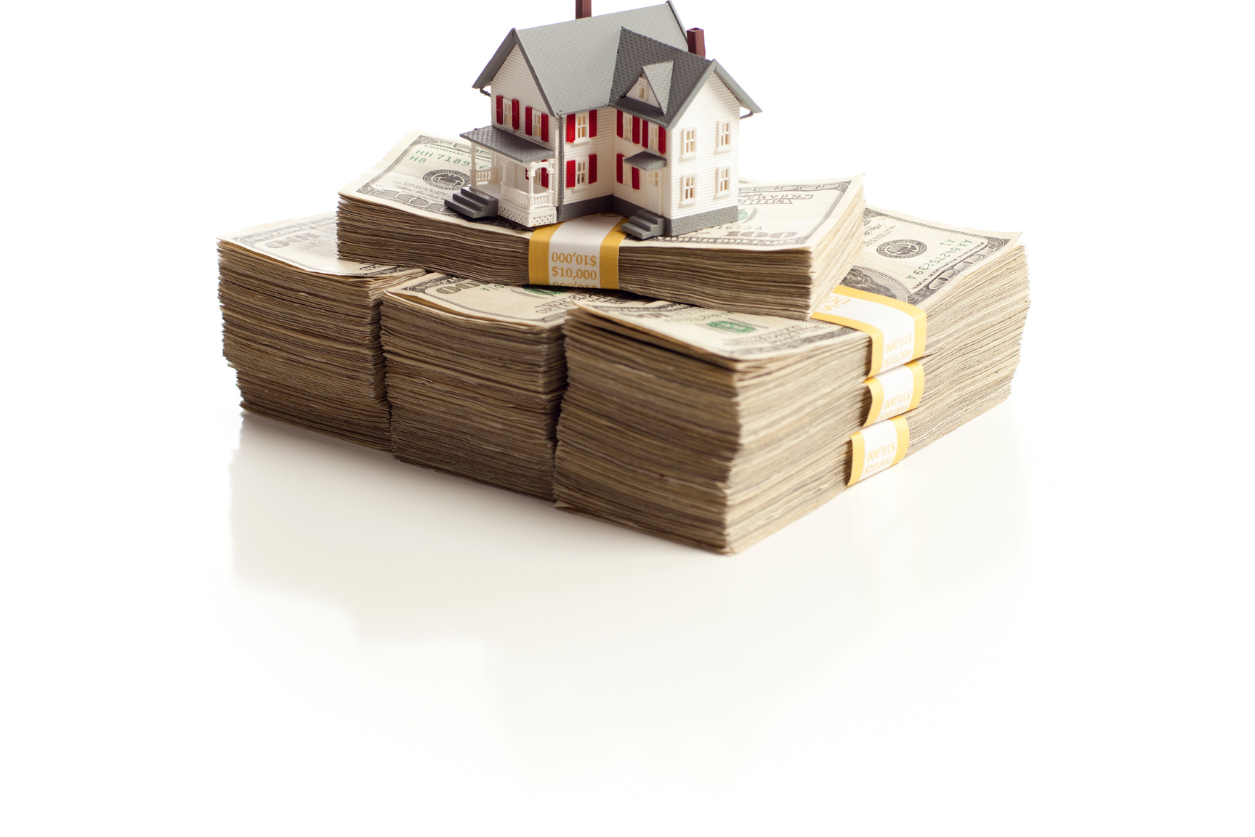Budgeting is a plan for your money’s future. While there are several choices available to manage household finances, the way you categorize personal expenses makes a difference. In essence, a simple system is more reliable. The better you can track your spending, the better you can control it.
In this article, we’ll describe how to categorize personal expenses, regardless of your initial budget. Moreover, we’ll list three budgeting options so you can pick the one that’s right for you. Are you ready to talk about income and expenditures? Continue reading for full details.
Three types of household budgets
Each of the below systems utilizes a different approach. Some are better for longevity, while others are more responsive. The key is household collaboration. Accomplishing financial well-being takes teamwork.
Spending-First Budget- In this type of system, money goes towards monthly bills before anything else. If there is not enough to cover the expenses, the next influx of income goes towards the loss.
Savings-First Budget- Also called paying yourself first, this system provides a set amount towards savings and retirement. A household under this plan will sacrifice extracurricular spending in exchange for aggressive savings.
Zero-Based Budget- Households establish, ahead of time, where the money should go. They look at each expense and account for every penny of income. This system is more flexible than the others because it reevaluates every few months.
Simple ways to categorize personal expenses
As stated earlier, you’ll want to divide your categories into the most self-explanatory way possible. When people fail at budgeting, it’s because they can’t distribute their income effectively. They’ll pay off too much here, spend the wrong amount there, and suddenly the account is empty.
When budgeting, transparency is the solution. Achieva Credit Union has several ways to bank, so you’re always in GOOD standing with your money. With that said, here is an easy-to-follow list of classifications for your outgoing payments:
1. Housing
This category includes mortgage or rent expenses, home insurance, taxes, and escrows. Anything related to housing should be added.
2. Transportation
Transportation is everything you pay towards your vehicle, including insurance, maintenance, and gas.
3. Food
The food portion of your budget regards the things you eat or drink. Buying groceries, dining out, and your morning coffee fall under the food bracket.
4. Utilities
Utilities consist of electricity, waste disposal, heating, water, and sewage.
5. Medical and insurance
All of your healthcare and insurance costs should fall within this category.
6. Savings and investments
This category is for 401k contributions, IRAs, and personal savings. Additionally, it includes CDs, stocks, bonds, and mutual funds.
7. Entertainment
The last section covers extracurricular activities. Events like going to the movies or attending games are included. This category also serves as the most discretionary.
Putting your budget together
Now that we showed you how to categorize personal expenses, you can start budgeting intelligently. After identifying each category, distribute your income based on your unique financial situation. Still not sure how to get started? View our other budget-related articles here.








